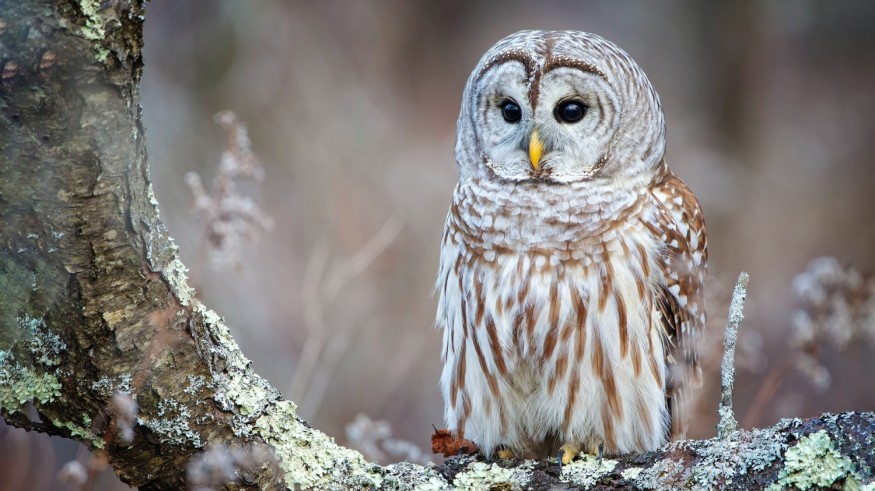Barred owls in the United States are on the list of major bird hunt programs in years sponsored by the federal government. The culling program aims to protect other owl species in the country, including northern spotted owls. Since the US government spearheaded the controversial experiment of killing barred owls in 2015, various proposals have been raised as opposed to human intervention in the ecosystem and environment of these wild birds.
Originating in the US East Coast, barred owl populations have expanded westward over the last century. Despite their thriving numbers, this invasive species has threatened to displace the endangered spotted owl. Being larger and more aggressive, the invasive barred owl has been a subject of population control initiatives in previous years. Just recently, the federal government proposed that hunters shoot over 500,000 barred owls over the next 30 years.
Barred Owl Hunting

In its final draft report published in November 2023, the U.S. Fish and Wildlife Service (FWS) proposed the barred owl hunting method as a strategy to protect the northern spotted owl and the California spotted owl from competition with the said invasive birds. The FWS proposal entitled Barred Owl Management Strategy describes barred owls as "non-native" and "invasive" and asserted that such action is necessary to ensure the survival of the spotted owls.
In relation to the initiative, experts have been reported to be confident in the culling program and that it will successfully protect both the northern spotted owl (Strix occidentalis caurina) and the California spotted owl (Strix occidentalis). The program only aims to kill 30% of the total barred owl population in the country, a percentage believed to be enough to address the problem.
Also Read: Invasive Species: California Biologists Are Killing Invasive Barred Owls To Help Spotted Owls
Why are Barred Owls Hunted?
The 'Draft Environmental Impact Statement' of the FWS mentions that the native spotted owls in western North America are threatened by competition from the non-native invasive barred owls (Strix varia). Other primary threats, aside from S. varia, that spotted owls are facing include habitat loss to timber harvest on non-Federal lands and wildfires on Federal lands.
The ecological threat posed by barred owls, which are native to eastern North America, started around 1900, a time when the invasive birds began to expand their range. The expansion is concurrent with European settlement and influenced by subsequent anthropogenic changes to the Great Plains and northern boreal forest.
Ethical Issues
The culling program of the barred owls has been linked to the potential stabilization of spotted owl populations, according to studies. However, the initiative has been met with criticisms, especially in the aspect of animal ethics, sparking a moral debate.
In recent years, US wildlife officials maintained that the killing of barred owls is quick as as possible to prevent the animals from suffering. The experimental killing of owls so far produced moral dilemmas since it was first proposed back in 2012.
© 2025 NatureWorldNews.com All rights reserved. Do not reproduce without permission.





